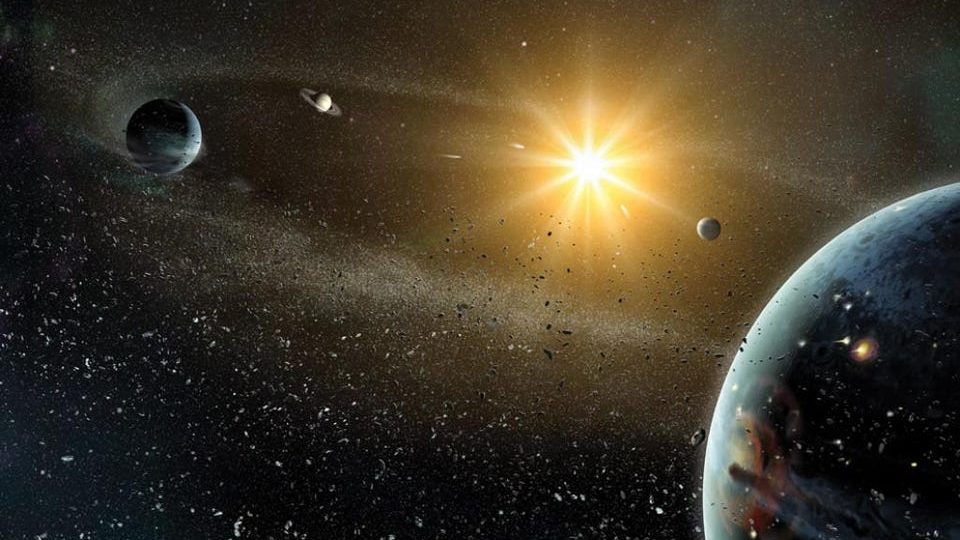Nobody is born one gender or the other, says the philosopher. “We act and walk and speak and talk in ways that consolidate an impression of being a man or being a woman.”
Question: What does it mean that gender is performative?
Judith Butler: It’s one thing to say that gender is performed and that is a little different from saying gender is performative. When we say gender is performed we usually mean that we’ve taken on a role or we’re acting in some way and that our acting or our role playing is crucial to the gender that we are and the gender that we present to the world. To say that gender is performative is a little different because for something to be performative means that it produces a series of effects. We act and walk and speak and talk in ways that consolidate an impression of being a man or being a woman.
I was walking down the street in Berkeley when I first arrived several years ago and a young woman who was I think in high school leaned out of her window and she yelled, “Are you a lesbian?”, and she was looking to harass me or maybe she was just freaked out or she thought I looked like I probably was one or wanted to know and I thought to myself well I could feel harassed or stigmatized, but instead I just turned around and I said yes I am and that really shocked her.
We act as if that being of a man or that being of a women is actually an internal reality or something that is simply true about us, a fact about us, but actually it’s a phenomenon that is being produced all the time and reproduced all the time, so to say gender is performative is to say that nobody really is a gender from the start. I know it’s controversial, but that's my claim.
Question: How should this notion of gender performativity change the way we look at gender?
Judith Butler: Think about how difficult it is for sissy boys or how difficult it is for tomboys to function socially without being bullied or without being teased or without sometimes suffering threats of violence or without their parents intervening to say maybe you need a psychiatrist or why can’t you be normal. So there are institutional powers like psychiatric normalization and there are informal kinds of practices like bullying which try to keep us in our gendered place.
I think there is a real question for me about how such gender norms get established and policed and what the best way is to disrupt them and to overcome the police function. It’s my view that gender is culturally formed, but it’s also a domain of agency or freedom and that it is most important to resist the violence that is imposed by ideal gender norms, especially against those who are gender different, who are nonconforming in their gender presentation.
Recorded January 13, 2011
Interviewed by Max Miller
Directed by Jonathan Fowler
Produced by Elizabeth Rodd






